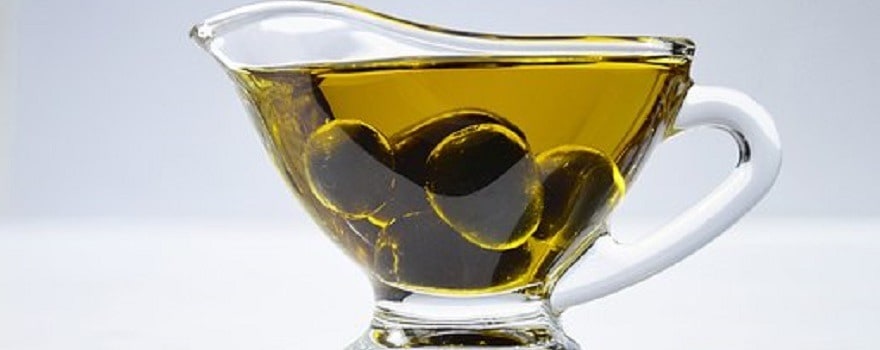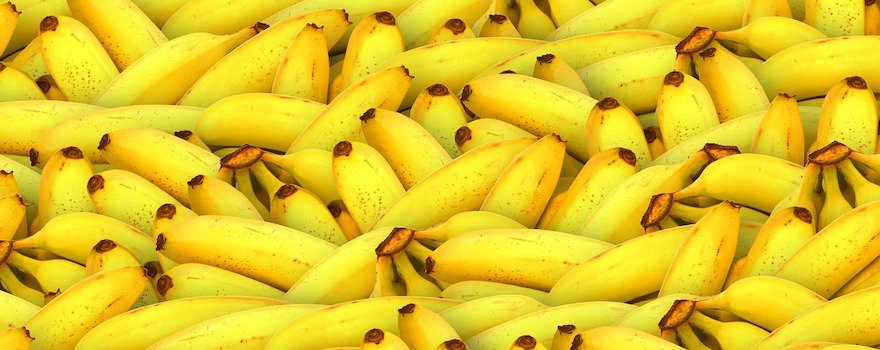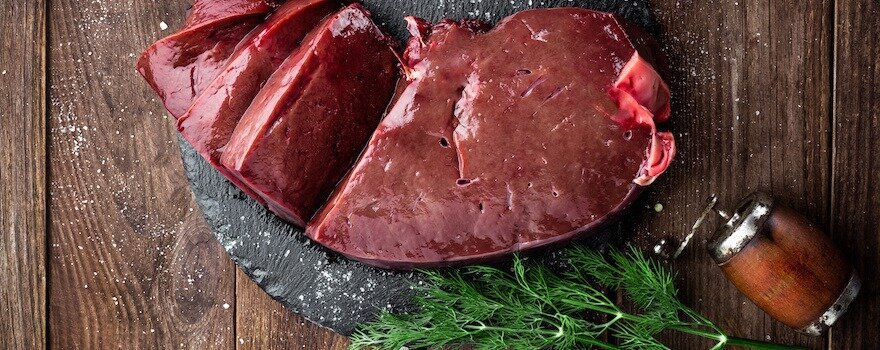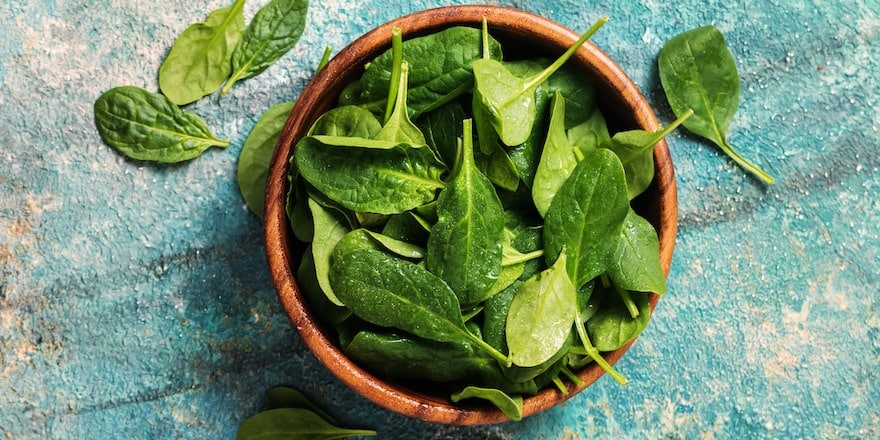What is it?
Vitamin K is a crucial element that plays an essential role in the coordination of blood clotting function. It is known as the clotting vitamin. Its name actually comes from the German term Koagulation.
It is fat-soluble, meaning it dissolves in fats. It is found in two natural forms and one synthetic form:
Vitamin K1, found in plant-based products, also called phylloquinone.
Vitamin K2, of animal origin and synthesized by intestinal bacteria. It is also known as menaquinone.
Vitamin K3, a synthetic vitamin, known as menadione (its use is considered dangerous. It is rarely used nowadays).
Warning: Do not confuse the term vitamin K with the chemical symbol for potassium: K. They are two distinct elements with different functions.
The benefits of vitamin K
Vitamin K fulfills several roles within our body:
- It facilitates the binding of calcium to bones and contributes to their strengthening. In this sense, it promotes bone growth (especially in children and teenagers), reduces the incidence of fractures, and helps fight against osteoporosis.
- In terms of clotting: vitamin K acts as a cofactor, activating various stages of blood clotting. When injured and bleeding, vitamin K intervenes in the process that stops bleeding and initiates the first signs of healing. A clot forms, and the blood solidifies: it clots.

It is therefore essential to ensure sufficient intake for the body, to limit the adverse effects of deficiencies or overdosages of vitamin K.
Symptoms of deficiency
Deficiencies in vitamin K rarely occur in adults, as the body can synthesize it. However, they can appear in people suffering from diseases that hinder its absorption or intestinal synthesis (Crohn’s disease, cystic fibrosis).
Infants are also susceptible to deficiencies due to the low amount of vitamin K in breast milk or infant formula. Additionally, an infant’s intestinal system is immature and cannot synthesize enough vitamin K to maintain reserves.
To prevent insufficient intake in infants, pediatricians prescribe additional supplements.
The early signs of vitamin K deficiency are:
- Spontaneous bleeding (nose, gums)
- Presence of bruises (accumulation of blood under the skin)
- Purpura: extensive bruises with purple or reddish spots under the skin that do not disappear.
- Difficulty healing, longer clotting time
- Joint pain due to bone calcification
The measurement of blood vitamin K levels can highlight potential deficiencies. Do not hesitate to consult a doctor if you notice such symptoms.
Some medications reduce the body’s ability to absorb vitamin K. Antibiotics destroy intestinal flora and, consequently, reduce the body’s vitamin K synthesis. Therefore, it is crucial to be vigilant when prescribed such treatments.
Caution: Taking anti-vitamin K or AVK treatments (anticoagulant treatment; meaning it helps thin the blood) requires reducing dietary vitamin K intake.
Biological monitoring is associated with these treatments to avoid overdosage that requires urgent vitamin K supplementation. Vigilance is essential in this scenario.
Recommended daily intake
The recommended daily intake of vitamin K is not easy to assess, as this vitamin is partially synthesized by the body.
However, it is recommended to ensure the following intake:
- Infants 0 to 1 year: 0 to 5 µg/day
- Children aged 1 to 3 years: 15 to 30 µg/day
- Children aged 4 to 15 years: 30 to 50 µg/day
- Adult women: 55 µg/day
- Adult men: 75 µg/day
- Pregnant and breastfeeding women: 45 to 70 µg/day
- Athletes: 100 µg/day
Daily needs are largely met by a balanced diet. However, it is essential to know the foods richest in vitamin K.
Top 5 foods containing vitamin K
Existing in two natural forms, vitamin K is found in animal or plant-based products.
1. Aromatic herbs

Thyme and parsley are among the foods containing significant amounts of vitamin K. They provide 1,700 µg and 1,200 µg per 100g of food, respectively. To enjoy their benefits, do not hesitate to use them in cooking.
Thyme and parsley add flavor to your cooked dishes: fish, meats, soups.
2. Spinach

Spinach is rich in vitamin K, whether raw or cooked. In fact, their vitamin K content is about 387 µg per 100 g.
It seems interesting to consume them regularly. Especially as they are low in calories, they allow for the preparation of balanced meals.
Consume cooked in water, as a side dish to lean meat or fish and a portion of starches. Spinach is ideal for lunch and dinner.
3. Vegetable Oils

Soy oil, canola oil, and olive oil are sources of vitamin K. Also rich in omega 3, they are beneficial for the brain and blood coagulation function.
Soy oil is the richest in vitamin K with a contribution of 362 µg/100 g. Canola oil provides 70 µg of vitamin K per 100 g of food while olive oil provides 48 µg/100 g.
It is preferable to use these raw oils, as an accompaniment, for composing sauces for your salads and dishes, rather than in frying (cooking method for which they are less adapted).
Use in moderation, due to their significant caloric intake.
4. Banana

Rich in potassium, magnesium, tryptophan, and fiber, the banana is a fruit with multiple nutritional benefits. It also contains vitamin K. This fruit helps ensure the provision of many good elements for the body.
Consume as is, for breakfast or dessert, after lunch or dinner. The banana can also be enjoyed as a snack when you’re a bit hungry, in the afternoon. Prioritize products from organic farming, as part of a healthy diet.
5. Liver

Meat lovers can rejoice. Pork and veal liver also contain vitamin K. With a content of 62 µg/100 g, liver is therefore a heavyweight food in terms of vitamin K intake.
To favor light cooking, opt for baking, with aromatic herbs. The liver can also be pan-seared with little fat.
Serve hot, accompanied by vegetables (broccoli, green beans), along with starches (potatoes, brown rice), to make a filling and balanced meal.
Note: Vitamin K is sensitive to heat, light, and air oxidation. To preserve the nutritional qualities of foods containing it, it is best to store them away from light and consume them fairly quickly after purchasing.
Symptoms encountered in case of vitamin K overdose
No study has found cases of vitamin K overdose. In fact, no limit dose has been determined.
People on anticoagulant treatment, particularly on VKAs, should limit their daily intake (> 25 µg/day).
Studies have shown that vitamin K supplementation is generally necessary to balance the treatment (intakes between 100 µg and 150 µg/day). However, biological monitoring is generally associated.
To avoid excessive supplementation, the French Agency for Food Safety (Afssa) recommended limiting the dosage of vitamin K supplements to 25 µg per intake.



